What Is Ground Cardamom and How to Use It Immediately
Ground cardamom is the finely milled seeds from cardamom pods, offering instant aromatic richness to both sweet and savory dishes. Unlike whole pods that require grinding, ground cardamom delivers ready-to-use flavor with warm citrus notes, floral hints, and subtle spice - perfect for quick cooking. For immediate results in your next recipe, use 1/4 teaspoon per cup of flour in baking or 1/8 teaspoon per serving in beverages. This versatile spice works in everything from coffee to curries, making it one of the most valuable additions to your spice collection.
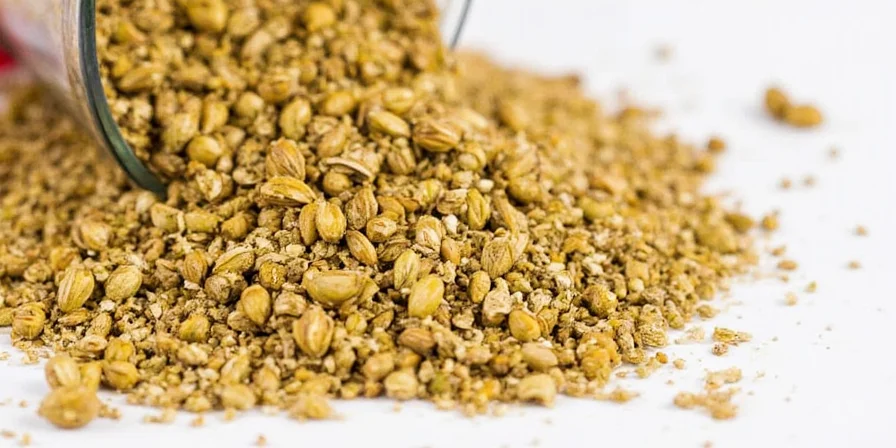
Ground Cardamom vs Whole: Which Should You Buy?
Understanding the difference between ground cardamom and whole pods solves the most common cardamom dilemma. Ground cardamom offers instant convenience with consistent flavor distribution, while whole pods maintain freshness three times longer. For everyday cooking, keep ground cardamom for quick recipes and whole pods for special occasions. When substituting, remember: 1/4 teaspoon ground cardamom equals one crushed pod. This ratio prevents overpowering your dishes while delivering authentic flavor.
| Type | Best For | Shelf Life | Flavor Intensity |
|---|---|---|---|
| Ground Cardamom | Quick recipes, baking, beverages | 6-8 months | Moderate (consistent) |
| Whole Pods | Special occasions, long-term storage | 2-3 years | Stronger (freshly ground) |
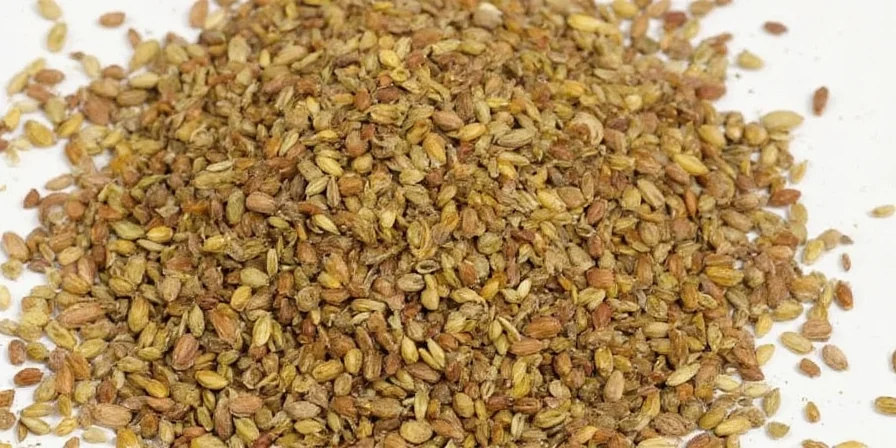
Top 5 Immediate Uses for Ground Cardamom
Stop wondering how to use ground cardamom - these practical applications work today:
- Coffee Enhancement: Add 1/8 teaspoon to coffee grounds before brewing for a sophisticated flavor boost.
- Instant Baking Upgrade: Mix 1/4 teaspoon into cookie or cake batter for floral complexity without recipe changes.
- Quick Marinades: Combine with yogurt and garlic for a 30-minute chicken marinade that delivers authentic flavor.
- Speedy Spice Blend: Mix equal parts ground cardamom, cinnamon, and cloves for instant garam masala substitute.
- Everyday Oatmeal: Stir 1/8 teaspoon into morning oatmeal with honey for restaurant-quality breakfast.
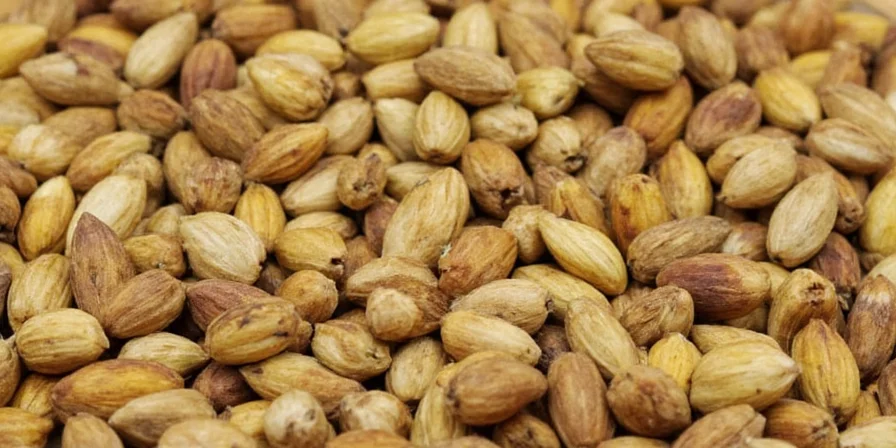
Ground Cardamom Storage: Keep It Fresh Longer
Proper storage dramatically extends ground cardamom's shelf life. Store in an airtight container away from light and heat - a dark pantry cabinet works better than near your stove. For maximum freshness (up to 12 months), refrigerate your container. Avoid transferring odors by keeping it away from strong spices like cumin or fenugreek. The simple freshness test: rub a small amount between your fingers - if the aroma is weak or musty, it's time to replace.
| Storage Method | Expected Freshness | Best Practices |
|---|---|---|
| Original Plastic Container | 3-4 months | Keep in cool, dark place; avoid humidity exposure |
| Glass Jar with Tight Lid | 6-8 months | Store in pantry away from stove and sink |
| Refrigerated Glass Container | 10-12 months | Allow to reach room temperature before opening |
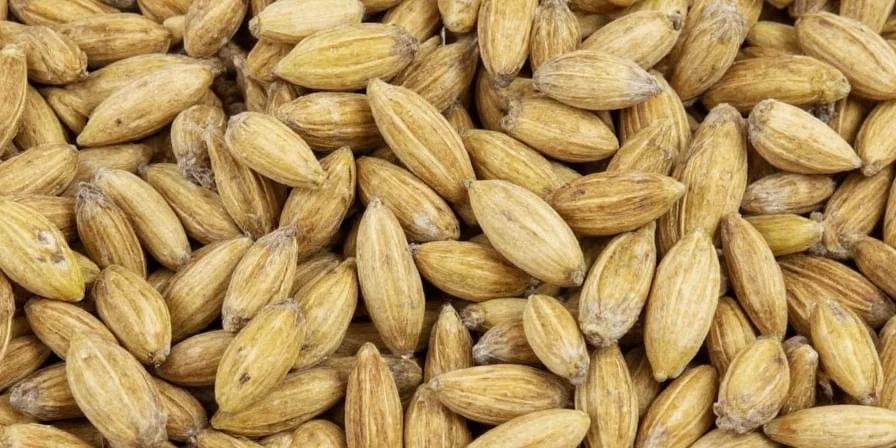
Ground Cardamom Substitutes When You're Out
Running out of ground cardamom doesn't ruin your recipe. These tested substitutes work in a pinch:
- Cinnamon-Nutmeg Blend: Use 1/4 teaspoon cinnamon plus 1/8 teaspoon nutmeg per 1/4 teaspoon cardamom. Best for sweet recipes like cakes and cookies.
- Allspice Alone: Substitute 1/4 teaspoon allspice for 1/4 teaspoon cardamom. Works well in spice cakes and apple dishes.
- Ginger-Cinnamon Mix: Combine equal parts ground ginger and cinnamon for savory dishes like curries.
Important: These substitutes provide similar warmth but lack cardamom's unique citrus notes. For best results, use 10-20% less substitute than the cardamom amount called for.
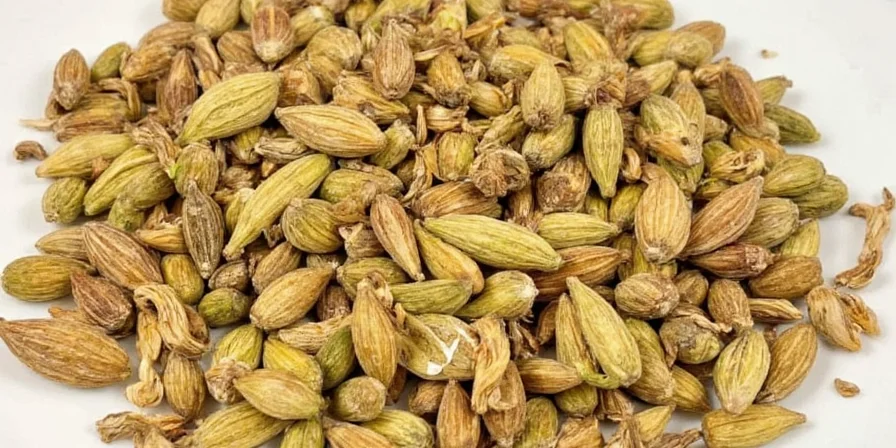
Bonus: 3 Cardamom Mistakes Most Home Cooks Make
Avoid these common ground cardamom errors:
- Using expired spice: Ground cardamom loses potency after 8 months. Always check aroma before use.
- Overheating: Add ground cardamom during the last 5 minutes of cooking to preserve volatile oils.
- Incorrect measurements: Too much creates medicinal flavors. Stick to 1/4 teaspoon maximum per serving.
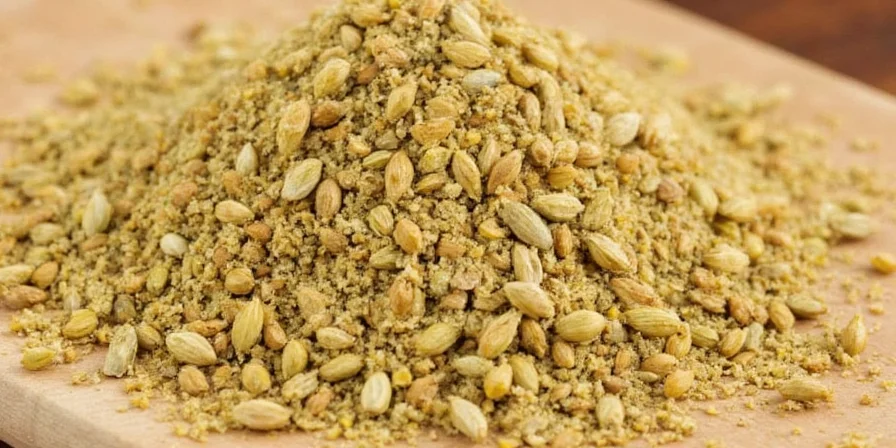
Where to Buy Quality Ground Cardamom
For reliable ground cardamom, look for these indicators of quality:
- Dark green color (not brownish)
- Strong citrus aroma when container is opened
- Recent packaging date (within 3 months)
- Opaque container (protects from light degradation)
Recommended brands: Simply Organic, Frontier Co-op, and Spice Islands offer consistently fresh ground cardamom at reasonable prices ($4-6 for 2.5 ounces). Avoid supermarket bulk bins where spices may sit for months without rotation.
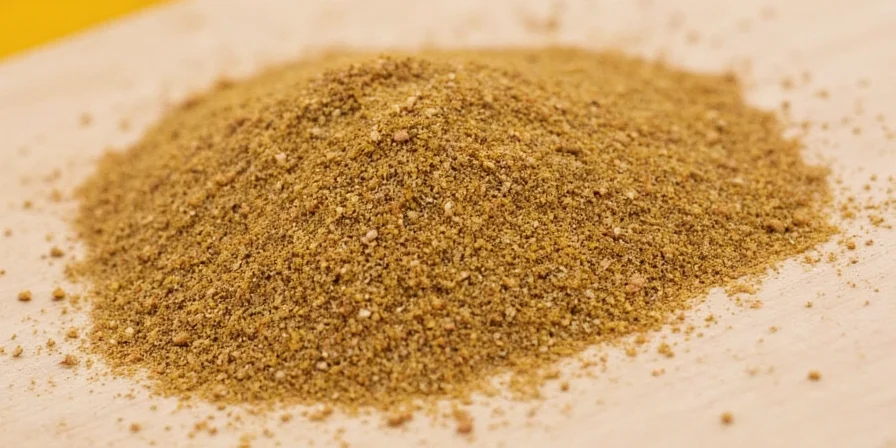
Frequently Asked Questions About Ground Cardamom
Can I use ground cardamom instead of whole pods in recipes?
Yes, use 1/4 teaspoon ground cardamom for each whole pod. This conversion works perfectly for most recipes, though the flavor will be slightly less complex than freshly ground pods. For best results, add ground cardamom later in cooking since it loses potency faster than whole pods.
Why does my ground cardamom taste bitter?
Bitterness usually indicates expired cardamom or overheating. Ground cardamom loses its sweet citrus notes over time, leaving behind bitter compounds. Always add it during the last 5 minutes of cooking - prolonged heat degrades the delicate oils. For immediate improvement, replace old spice and reduce cooking time.
What's the difference between green and black cardamom in ground form?
Ground green cardamom offers sweet, floral notes ideal for desserts and beverages, while ground black cardamom delivers smoky, camphorous flavors better suited for savory dishes. They're not interchangeable - use green for sweet applications (1/4 tsp per cup of flour) and black for stews or meat dishes (1/8 tsp maximum per serving).

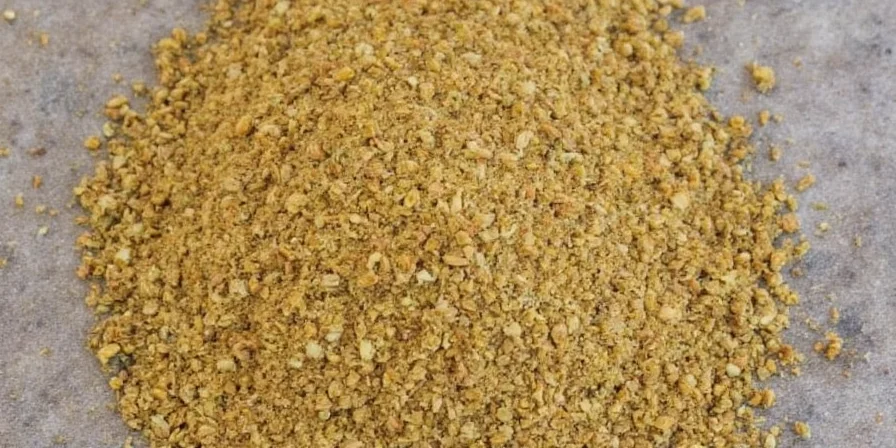









 浙公网安备
33010002000092号
浙公网安备
33010002000092号 浙B2-20120091-4
浙B2-20120091-4